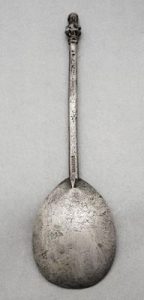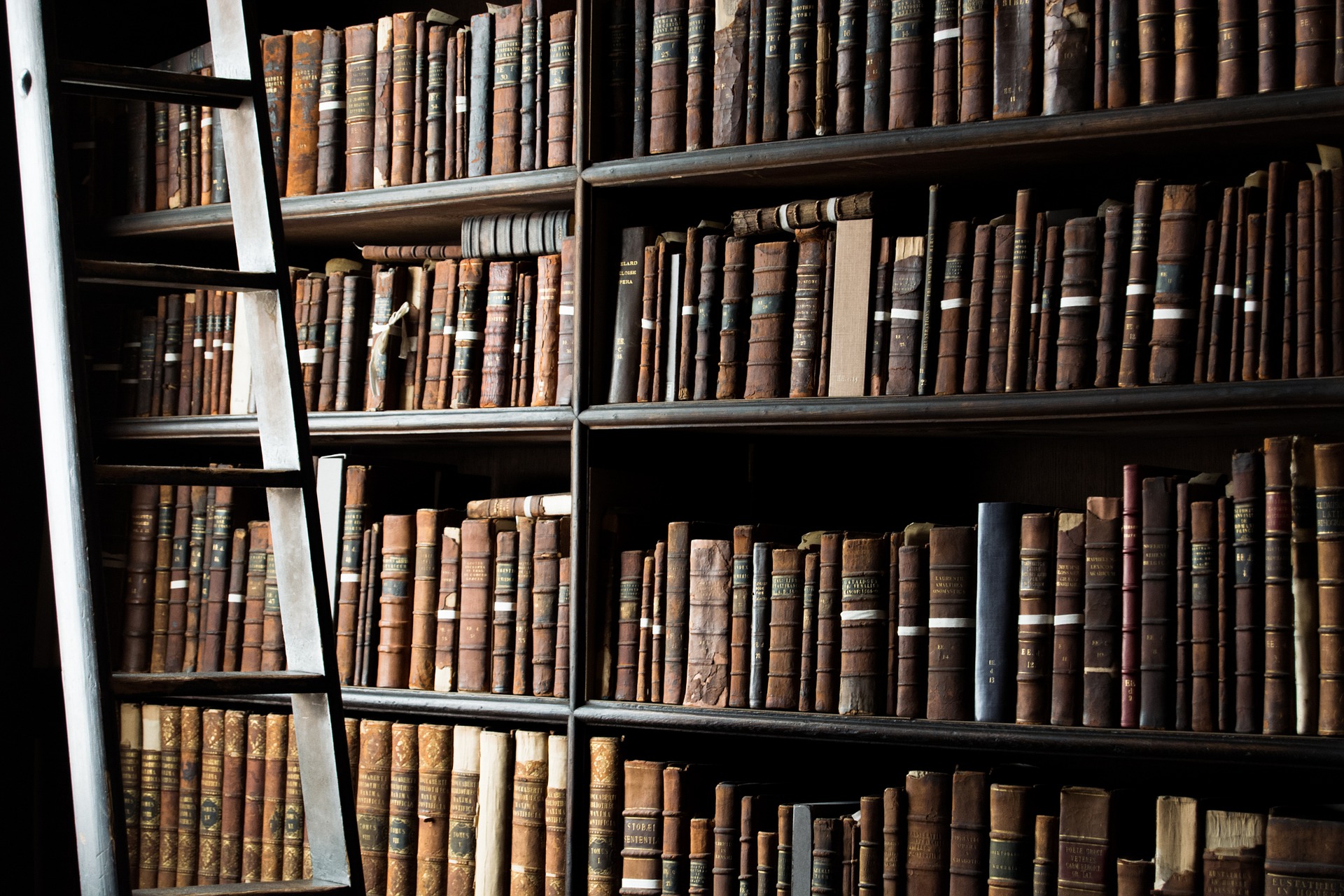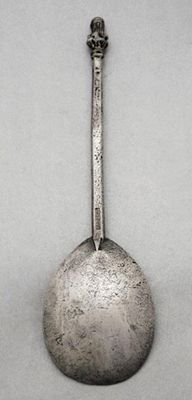Our newly revamped English Research Forum brings together staff and postgraduate students to discuss research underway in the department. In advance of each fortnightly session the speaker(s) circulates a short paper; before introducing their topic briefly in the session itself and then opening up to wider exchange and conversation with the group.
The opening session of this term (16 October 2019) was led by Dr Callan Davies.
“I had the privilege of discussing and hearing feedback on ongoing work on early modern playhouses with this lively gathering of colleagues. We considered playhouses beyond evidence of theatrical performance to think about the wider neighbourhoods and commercial establishments that surrounded playing venues and the way they altered the use and understanding of urban space.
Playhouses began to burgeon during one particularly febrile period of English cultural history: Elizabeth’s reign (1558-1603) saw a range of social and cultural developments across the country, including, from the 1560s onward, the growth of commercial theatre spaces in London. These spaces were developed with particular intensity some twenty years before the likes of Shakespeare and Marlowe appeared on the theatre scene during the more studied decades of English dramatic history (ie the 1590s to the 1610s). At the same time, the country (recently settled into Protestantism under the so-called “Elizabethan settlement”) underwent huge changes in the realms of commerce, social and cultural life, and consumption: from the 1550s onward, England expanded its international connections in both trade and diplomacy; humanist learning became widespread; credit and debt networks mushroomed (allowing more people to borrow more money, considerably increasing the buying and selling of diverse commodities, and creating increasingly complex marketing structures); and litigation increased dramatically. These contexts formed the backdrop to our consideration of playhouses in sixteenth- and seventeenth-century England, in and beyond London—partly in order to tease out consequences for literary studies and future research and education.
One prompt for our discussion is the fact that scholarship and findings in recent years have posed challenges to conventional orthodoxies concerning this period of English theatre history. Archaeological digs at the Theatre and the Curtain in Shoreditch and (as of this month) the Boar’s Head in Whitechapel have begun to alter understanding of the size, shape, and functions of these buildings. MOLA (formerly Museum of London Archaeology) discovered, for instance, that the Curtain playhouse, long assumed to be round, was in fact rectangular—and dynamic, porous, and multifunctional—demanding a rethink of dominant paradigms for the early modern playhouse. Increased interest in plays beyond Shakespeare and growing recognition of the variety of individuals (in particular female playhouse owners) involved in the London theatre industry’s formative years—beyond usual scholarly suspects, playhouse builders James Burbage (The Theatre, The Globe) and Philip Henslowe (The Rose, The Fortune)—also suggests it is time to take stock of the discipline of “theatre history” and the types of stories it might tell.
Indeed, the amphitheatrical space of the Globe continues to dominate both popular and scholarly understanding of Elizabethan theatre spaces, but it is a curious outlier in terms of shape, function, or construction when compared with the Shoreditch venues or the dynamic playhouses across the City of London itself: inns such as the Bull, the Bell, the Bel Savage, or the Boar’s Head, or the playhouses at Blackfriars (1576) and St Paul’s (c. 1575). Playhouses also developed outside of London, and I was excited to hear colleagues discuss some of the implications of recent research on the playhouse run by Nicholas and Margaret Woolfe on Wine Street in Bristol from the early 1600s—in a neighbourhood surrounded by goldsmiths, soapmakers, and innholders.
How can spoons inform our understanding of modern theatre? This spoon was produced by a goldsmith whose property neighboured the Wine Street Playhouse. 
Our discussion teased out some of the possibilities emerging from these discoveries based on work on the Before Shakespeare project and the current Middling Culture project at Kent, to ask how we might best work towards more holistic and more diverse narratives of premodern ‘play’.”
You can follow Callan on Twitter @callanjd or follow the regular blog updates of the project on the Middling Culture website
Edward Harsell, Spoon, “with a gilt maidenhead,” © Woolley & Wallis, Salisbury, Wiltshire, (on marks4antiques.com)

